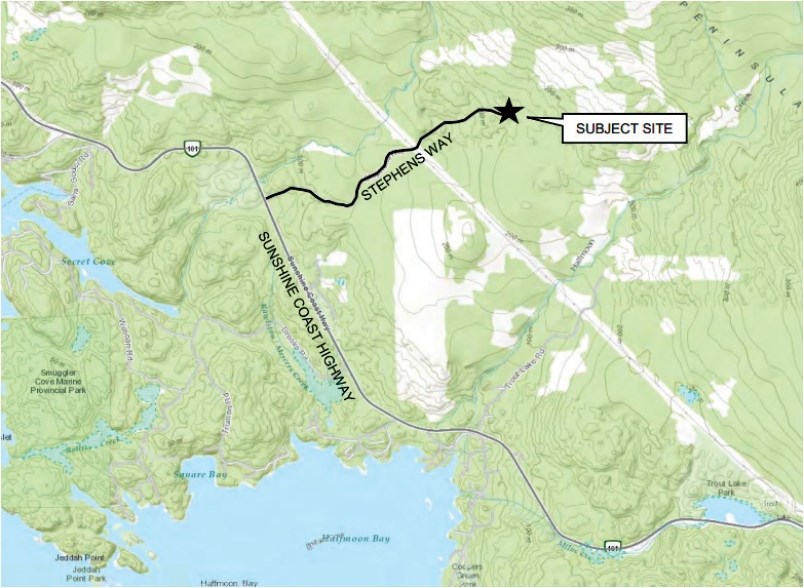Sunshine Coast Regional District (SCRD) directors have given second reading to bylaw amendments for the Secret Cove Heights development project in Halfmoon Bay.
The public hearing will be held virtually on July 21 at 7 p.m. Sechelt director Alton Toth will chair the hearing and Halfmoon Bay director and SCRD chair Lori Pratt will serve as alternate chair.
Directors voted at committee on July 9 to bring the bylaw amendments to the board for second reading.
At the board meeting later that day, before giving second reading, Pratt said she had been asked by a constituent “whether or not this was being rushed,” and asked if sufficient notice was being provided to the public in advance of the July 21 hearing.
Planning general manager Ian Hall said “the short answer is yes,” and that notifications had already been mailed, information was posted on the website, and newspaper ads would run the following day. “We’re following all the legislative requirements when it comes to notification period and the process is as we would typically follow for an application like this,” he said.
Directors then gave second reading to the amendments. As with previous votes, Elphinstone director Donna McMahon and West Howe Sound director Mark Hiltz were opposed.
The 19-hectare property, known as Secret Cove Heights, is located at the end of Stephen’s Way, about 2.5 kilometres north of Highway 101, and the subdivision would include 15 one-hectare lots.
The applicant is seeking to change the Official Community Plan designation to Rural Residential from Resource and add site-specific uses to the RU2 zoning – increasing the number of on-site employees from one to four, allowing home-based businesses and greenhouses as permitted uses, and increasing parcel coverage for buildings to 50 per cent from 15 per cent, to create what’s been billed as a “dynamic rural zone” for the site.



